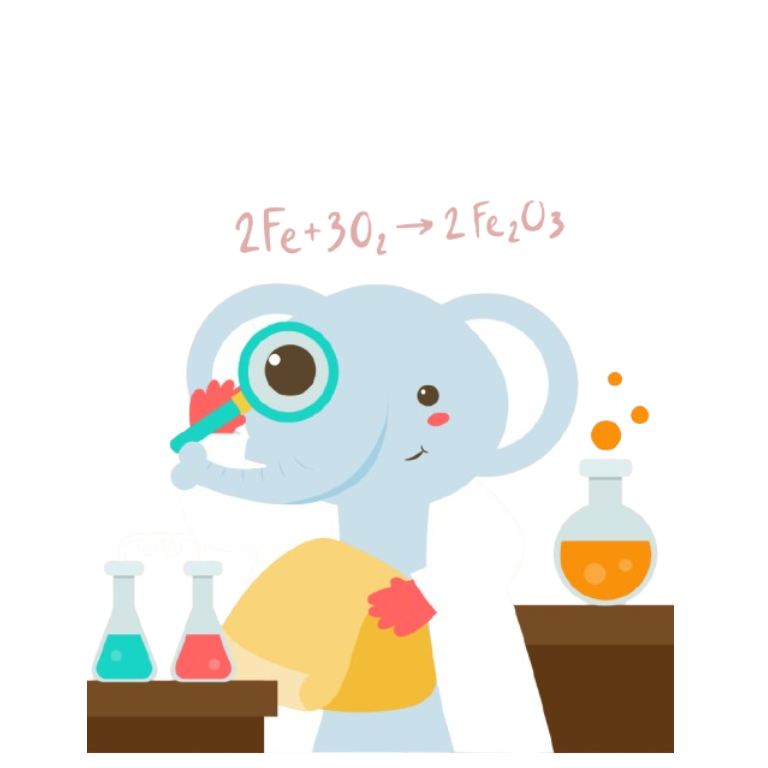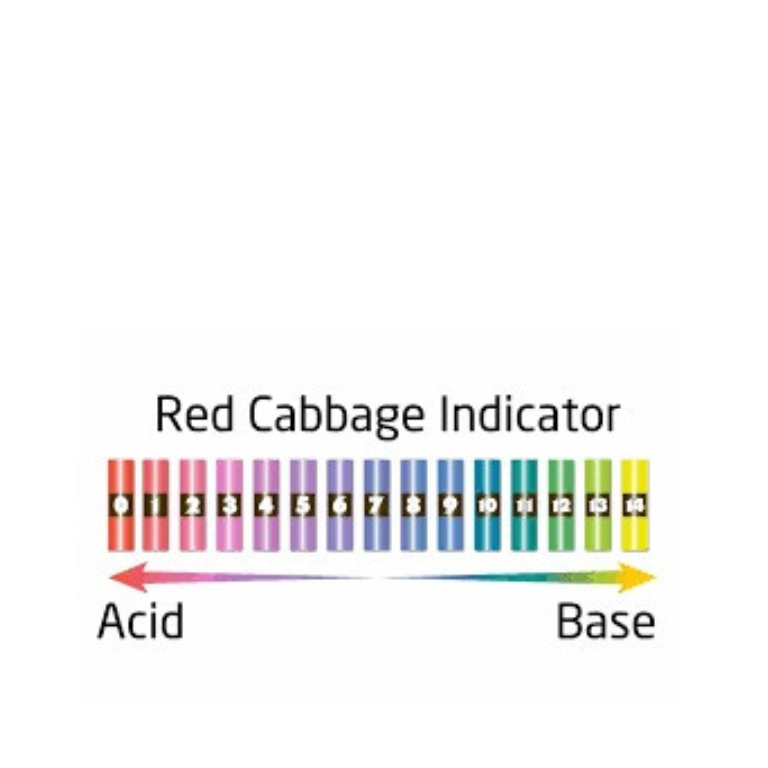Density Tower
Layering Liquids by Density
Explore how liquids with different densities form layers when carefully poured. Try adding honey, water, and oil to see which stays on top!
Observation:
The densest liquids sink to the bottom, while less dense liquids float on top. Try pouring in different orders!
The Science Behind Density
Key Concepts:
Density is mass per unit volume (g/mL). It determines whether substances float or sink:
| Liquid | Density (g/mL) | Behavior |
|---|---|---|
| Honey | 1.42 | Sinks to bottom |
| Dish Soap | 1.03 | Floats on water |
| Water | 1.00 | Middle layer |
| Vegetable Oil | 0.92 | Floats on top |
| Rubbing Alcohol | 0.79 | Top layer |
Real-World Applications:
Density explains why oil spills float on water, how hot air balloons work, and why ice floats in drinks. It's also used in separating materials in recycling!


